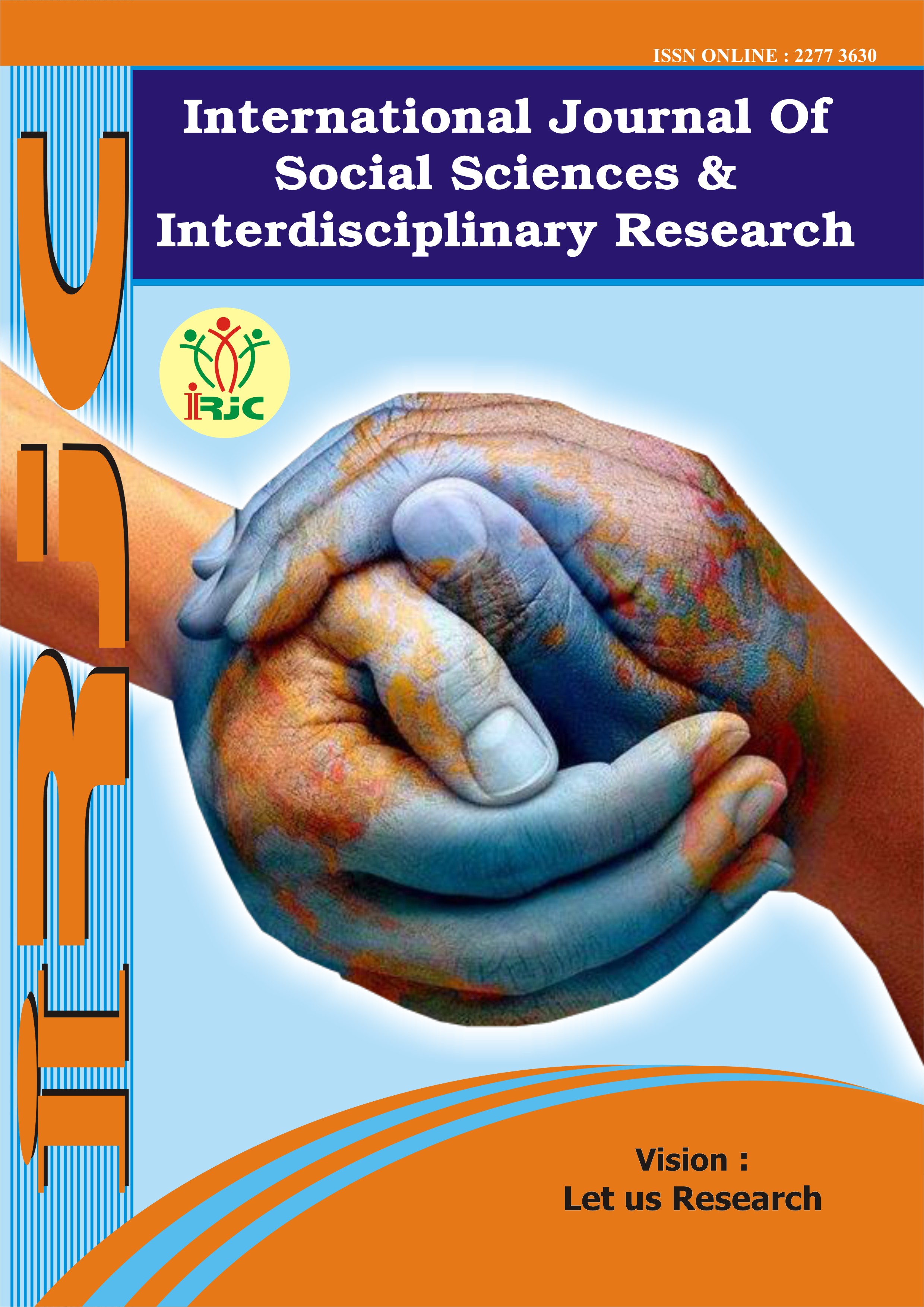ECONOMIC TRAINING OF ETHNIC GROUPS OF THE SURKHON OASIS
Keywords:
Surkhan Oasis, ancient Bactria, Kushan state, Boysun mountain, Sherjon, Vandob, Zarabog, Karabakh, Poshyurd, Chakob, KhatakAbstract
all elate and peoples of the world have gone through a rather complex ethnic process. Because each Ethnos has been formed during a long historical period as a result of contact with different Ethnos, sometimes moving from one place to another, mixing with other Ethnos, absorbing them, or making their components. And this article will talk about the economic training of the ethnic groups of the Surkhon Oasis.
References
Nasriddinovich, A. A. (2020). The features of appearing family in modern society. European science review, (3-4), 69-72.
TOLIBJONOVICH, M. T., & OGLI, G. O. R. (2020). Lombard Microcredit Organization Its Concept and Its Importance Today. JournalNX, 6(10), 109-111.
Tolibjonovich, M. T. (2021). EASTERN RENAISSANCE AND ITS CULTURAL HERITAGE: THE VIEW OF FOREIGN RESEARCHERS. ResearchJet Journal of Analysis and Inventions, 2(05), 211-215.
Abdumalikovich, E. A. (2018). Innovatory methods of working with unorganized youth. European science review, (9-10-1), 259-260.
Egamberdiev, A. (2022). HIGHER EDUCATION IN SOME WESTERN RESEARCH. Thematics Journal of Social Sciences, 8(2).
Yuldashevna, S. G. Didactic Fundamentals Of Drawing In Fine ARTS Classes. JournalNX, 851-853.
Kayumov. A. On the issues of economic and cultural types and ethnic differentiation. // Journal of the history of Uzbekistan. 2008, No. 3,
Tursunov S.N., Pardaev T.N. Ethnography of surkhandarѐ. Tutorial.Termez., 2010
Tursunov N. Ethnic characteristics of the population of South Surkhon. (Late XIX - early XX centuries). Aftoreferat. Tashkent., 2007.
Downloads
Published
How to Cite
Issue
Section
License
Copyright (c) 2022 GEJournals

This work is licensed under a Creative Commons Attribution-NonCommercial-NoDerivatives 4.0 International License.





